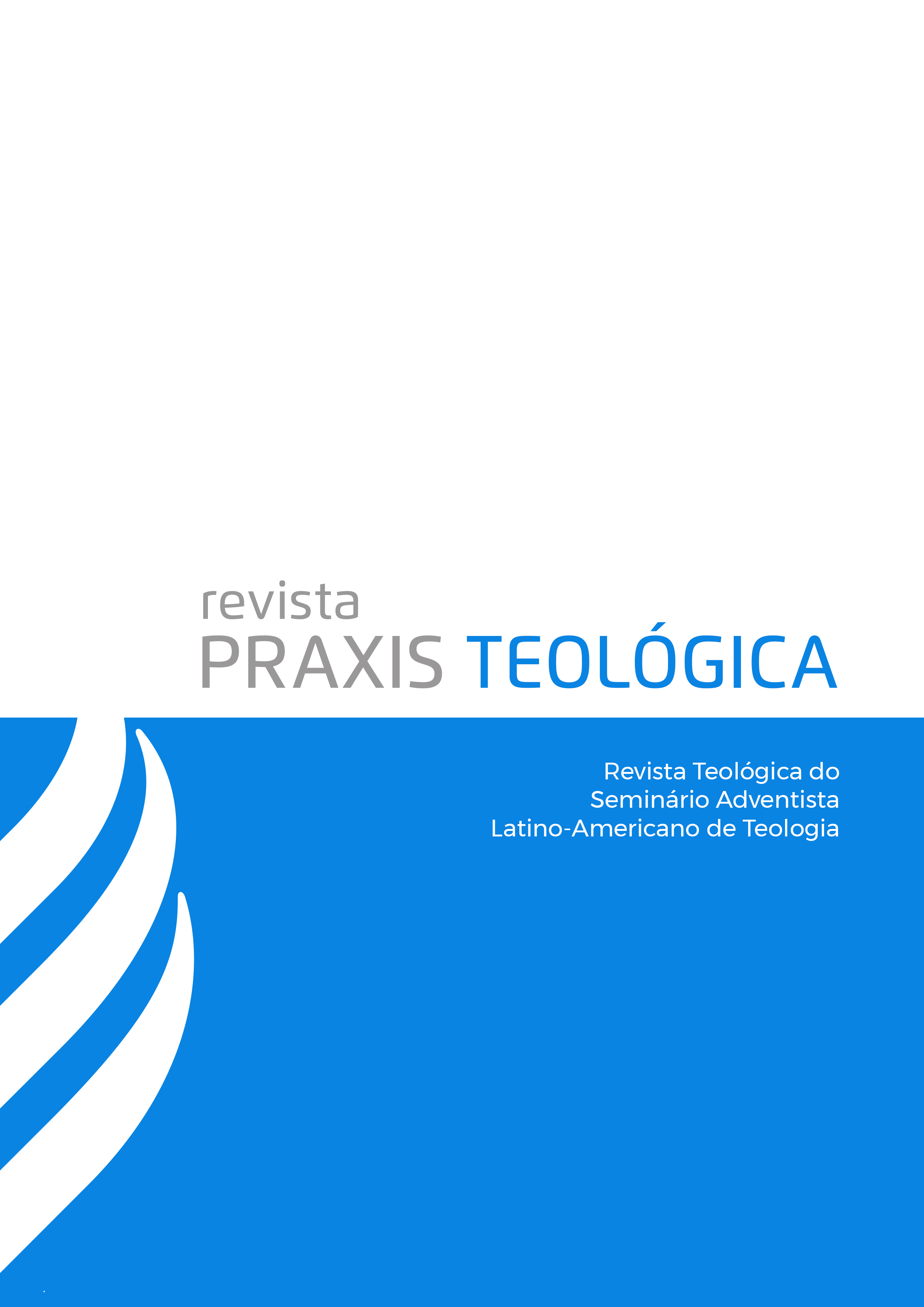Abstract
When referring to the creation of man, the Bible says that he was made in the image and likeness of God. After Jerome's Latin translation of the Bible in the fourth and fifth centuries, this aspect of human nature became known simply as imago Dei. However, what would this correspondence with the divine consist of? What were the first interpretations in theological history? The theologians known as "church fathers" were the first to try to explain this question. The objective of this study is to present the main interpretations present in patristic theology on the meaning of the imago Dei. As to the approach, this research is qualitative; as to the purpose, it is pure; as to the objectives, it is descriptive; as to the nature, it is a summary of the subject; and as to the object and procedure, it is bibliographical. Firstly, the historical background to the anthropological tendency adopted by the church fathers will be addressed, which involves the discussion in the first century on the use of philosophy for the formulation and understanding of Christian doctrines. Subsequently, the perspectives of the main patristic theologians will be presented, namely: Irenaeus, Clement, Origen, Gregory and Augustine. Finally, the conclusion will reveal what there is in common among all the proposed interpretations. The results reveal a convergence around the identification of the image of God with an immaterial soul, which would be responsible for granting the human creature certain exclusive attributes that would link it to the Divinity.

This work is licensed under a Creative Commons Attribution 4.0 International License.
Copyright (c) 2023 Carlos Davi Oliveira Alves, Zukowski, Heber Monteiro da Cruz

